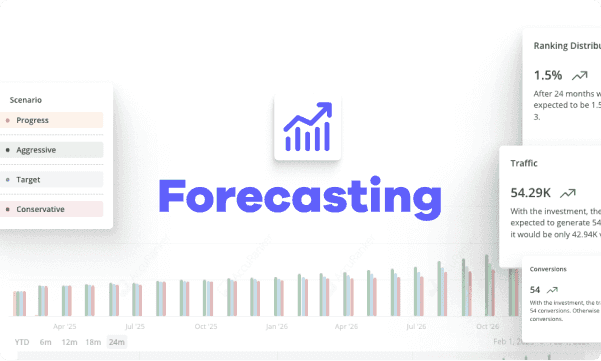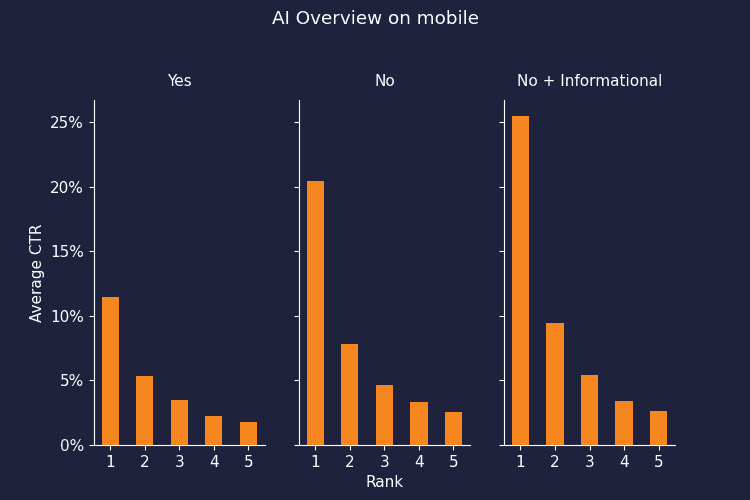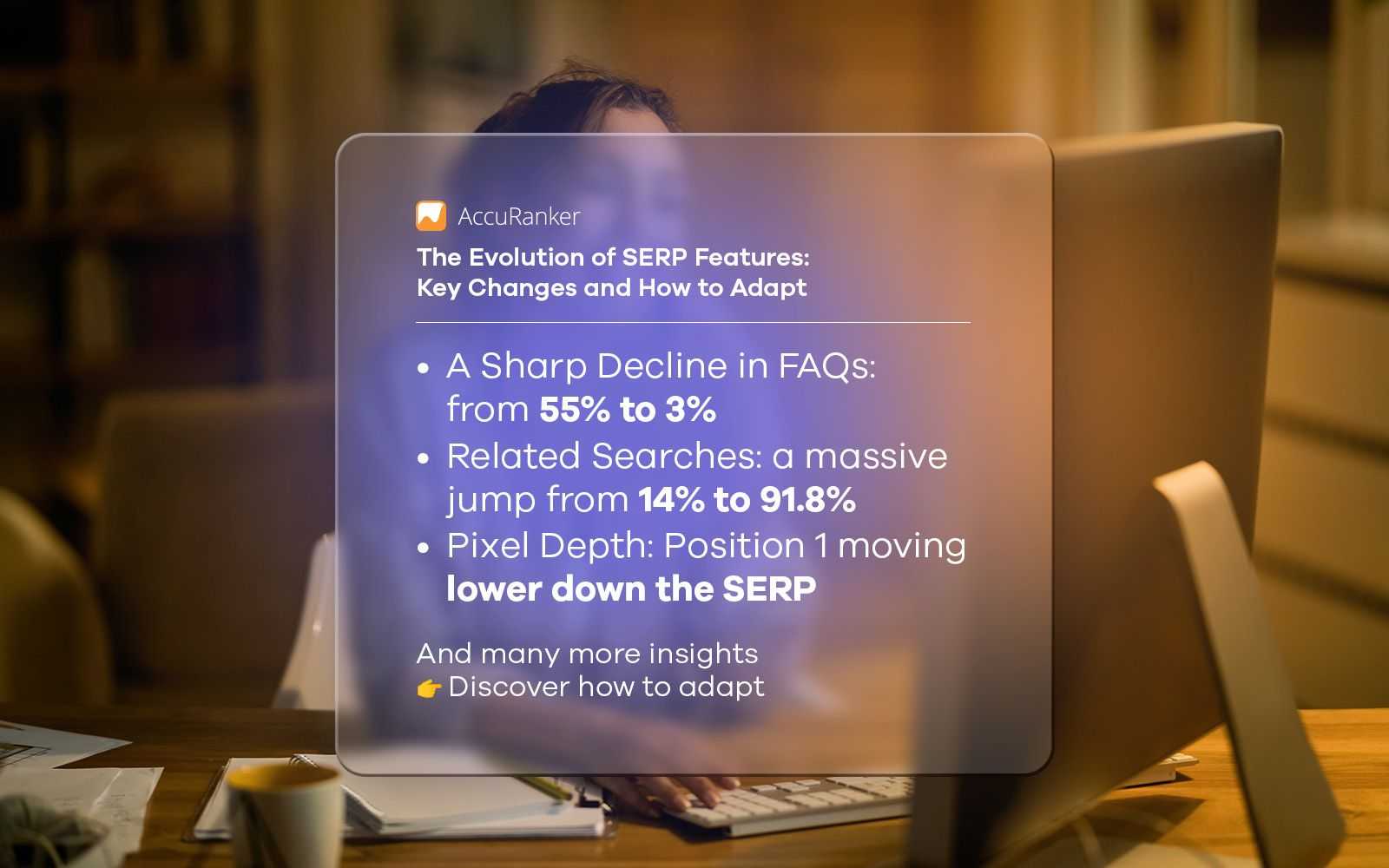5 Ways To Use AI Writing Tools as Your Assistant
Last updated on Sunday, January 28, 2024


Writers are constantly seeking innovative ways to increase their productivity. AI writing tools have probably become inseparable assistants for some writers, changing the writing process.
From generating creative content ideas to refining grammar and style, these tools offer a range of features that can significantly increase a writer's efficiency.
In this article, we will explore five powerful ways to use the capabilities of AI writing tools and make your writing experience even better.
Whether you're an experienced professional or an aspiring writer, incorporating these strategies into your workflow can lead to improved creativity, faster content creation, and ultimately, more polished and engaging writing.
So, let’s explore the full potential of AI writing tools as your truest writing companions.

Source: Ahrefs
#1. Content Generation and Ideation
AI writing tools are not just for grammar correction or proofreading; they are great at generating high-quality content and sparking creative ideas.
With advanced natural language processing algorithms, these tools analyze vast datasets to understand language nuances, helping writers overcome the dreaded writer's block.
For instance, tools like ChatGPT can generate clear and contextually relevant paragraphs based on a simple prompt.
Whether you need blog post ideas, product descriptions, or creative storytelling elements, AI writing tools can provide a wealth of inspiration to kickstart your writing process.
All you have to do is explain to AI what you’re looking for in an idea and go with it.
The more information you provide about what you’re looking for the easier it will be for AI to generate ideas for you.
It can also help you in writing the outlines for your content.
Simply provide a few details and have an AI assistant take care of the rest by giving you an organized, detailed outline for you in no time.
Writing the full content becomes a breeze after AI gives you a step by step outline.
Also, if you don’t want the long-winded descriptions, you can simply ask the AI to keep it short.
Lastly, if you're a writer and looking to automate your email content generation for cold outreach of follow-ups, you can try using the marketing automation softwares to speed up the outreach process and generate more responses.

#2. Editing and Proofreading
Gone are the days of relying solely on manual proofreading for error detection. AI writing tools with strong editing capabilities can make the editing process significantly easier for you.
These tools catch grammatical errors and typos, and also offer suggestions for improving sentence structure, clarity, and overall writing style.
Grammarly, for example, uses AI algorithms to analyze writing patterns and provides context-specific suggestions. It goes beyond basic spelling and grammar checks, offering insights into tone, conciseness, and readability.
By incorporating these types of tools into your editing process, you can polish your content to a professional standard with minimal effort.
Imagine you’re writing a very important email to your boss and it’s urgent as well. You don’t have time to look through it and correct your mistakes.
You don’t have to worry anymore because AI will detect any errors and even let you know if your email sounds too straightforward, unfriendly, etc.
When AI analyzes patterns, it can generate consistent and reliable information, reducing the chances of contradictory statements. These tools are just great for quick fact-checking, cross-referencing, and verification, which enable writers to create reliable and accurate content efficiently.

Source: PepperContent
#3. Language Translation and Localization
Let’s not forget that for some writers, language translation can be a crucial aspect. AI writing tools equipped with translation capabilities can bridge language gaps and make communication with readers easier.
AI writing tools translate text and also consider context and idiomatic expressions, ensuring that the main idea of the content remains untouched.
Google Translate, powered by machine learning, is a prime example of an AI writing tool that is great for language translation. By using such tools, writers can expand their reach and engage with diverse audiences without the need for extensive manual translation efforts.
Looking at it from a global perspective, writers can easily collaborate with international writers, breaking down language barriers and encouraging the exchange of ideas.
Nowadays, with the help of AI, you can translate a whole page to another language just by clicking some buttons.
Additionally, with the help of softphones and integrating them into your workflow can further strengthen communication efficiency, enabling seamless interactions with clients and colleagues across diverse linguistic backgrounds.
This makes the creative process easier and also cultivates a more inclusive and interconnected writing community, which can ultimately enrich your ideas and perspectives.
It’s similar to the integration of CRM software for retailers that strengthens customer relationships and streamlines business operations, creating a more connected and responsive retail ecosystem on a global scale.
#4. Automated Research Assistance
In-depth research is the foundation of persuasive writing, and AI writing tools can serve as efficient research assistants.
While traditional data analysis methods relied on manual processes, AI-powered data analysis tools have brought about a revolution. AI tools can also help writers research SEO keywords for content optimization.
These tools use machine learning algorithms and can search through vast databases, academic journals, and online resources to gather relevant information, saving writers’ time and effort. This way, the efficiency and speed of the writing process enables organizations to publish more content in less time, keeping their audience engaged and, hence, driving better results.
These tools can be used by writers and students doing research for their dissertations or theses.
Isn’t it great? Besides comping with writing ideas, they can also help relieve the research burden off of students’ and writers’ shoulders.
AI-powered research tools, such as IBM Watson and Ahrefs, can provide insights into various topics, helping writers gather accurate data and statistics to support their content.
By automating the research phase, writers can focus more on crafting well-informed and authoritative pieces without getting stuck with information overload.
Additionally, the integration of insurance CRM software streamlines communication and data management, providing writers with a seamless workflow for sourcing and incorporating up-to-date information into their content.
To effectively use AI tools for data analysis, they should clearly define the objectives of their project and identify the specific outcomes they want to have through the analysis.
Eventually, writers are the ones who should gather this relevant data and ensure it is clean, well-structured, and suitable for their analysis.
It is also important that the researcher identifies and determines what AI tools are most appropriate for their analysis goals.

Source: FasterCapital
#5. Customizable Writing Assistance
AI writing tools are not one-size-fits-all solutions; they can be tailored to suit individual writing preferences and requirements.
Many AI-powered content tools these days allow users to define specific writing goals, style preferences, and target audiences. This level of customization ensures that the AI assistant aligns with the writer's unique voice and content objectives.
For example, tools like Writesonic enable users to specify the tone, style, and structure they want for their content. Writers can easily integrate this tool into their writing process, receiving suggestions, generating and promoting content that aligns with their specific guidelines.
Maintaining a consistent tone and style in AI-generated articles is crucial. It ensures that the content flows seamlessly and maintains coherence. By establishing a consistent voice, readers can better connect with the material.
AI writing eliminates the changes that can happen when multiple human writers are involved, creating a more consistent output overall. This reliable tone and style make the articles appear as if they were written by a single author, thereby making the reader's experience better.
Additionally, a tone that stays the same helps to establish credibility and trustworthiness.
Incorporating AI writing tools as your assistant goes beyond mere convenience; it's a strategic move towards increasing the quality, efficiency, and creativity of your writing process.
As these tools continue to evolve, you can expect even more advanced assistance in shaping your ideas into captivating narratives.
Conclusion
Nowadays, AI writing tools have become essential companions for writers seeking efficiency and excellence.
From content generation and editing to language translation, automated research, and customizable assistance, these tools offer a diverse range of features to elevate the writing experience.
By incorporating AI writing tools into their working process, writers can not only save time but also increase the overall quality of their content.
You might be thinking that writing might become as easy as pie, and with AI, everyone can become a writer.
As technology continues to advance, the synergy between human creativity and artificial intelligence is assured to redefine the world of writing and communication.
However, don’t forget that behind every piece of writing that resonates with people stands another human.
So, start embracing the future of writing with AI as your trusted assistant, and find new possibilities in your creative journey, but don’t forget about the best part – putting your own thoughts on the paper.

Article by:
Zemfira
SEO content writer
Zemfira is an SEO content writer at SaynNine.ai and an avid reader of fiction books. As an imaginative soul, she finds inspiration within the pages of captivating narratives. Away from the keyboard, she finds joy in the rhythm of dance.


